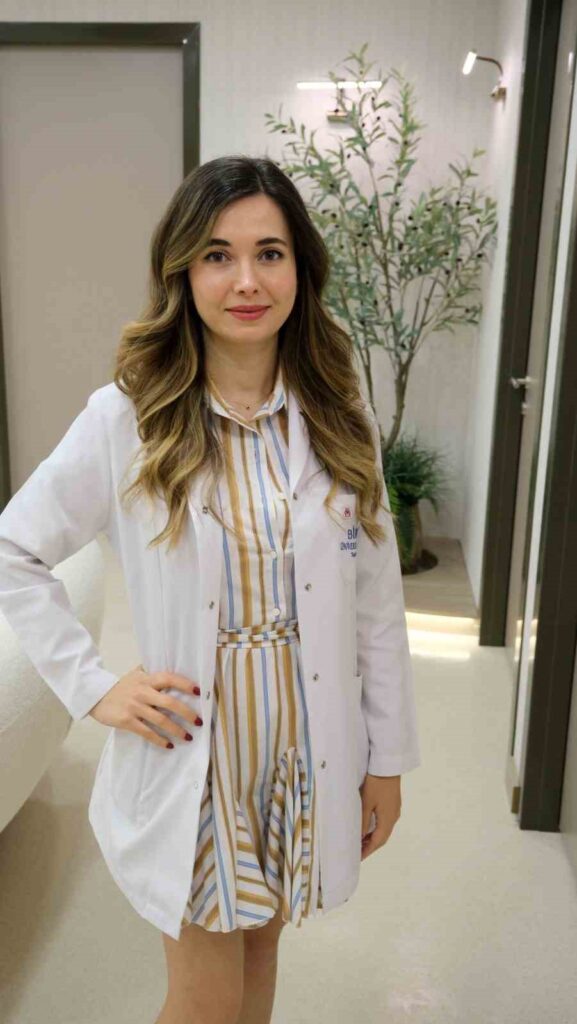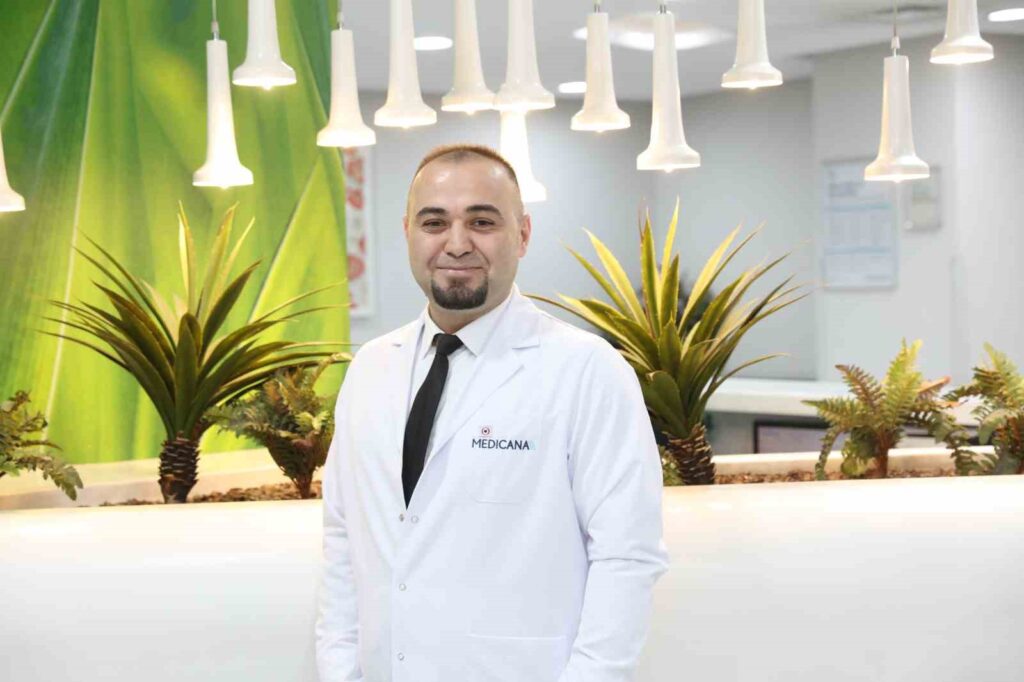Sunburn in children increases the risk of skin cancer by 8 times
Enjoying the sun in holiday resorts is as important as protecting yourself from the harmful rays of the sun. Dr. Elif Cömert Özer, an assistant professor, warns families about the necessity of not allowing children to stay under the sun for long periods. “Childhood is a period…

Enjoying the sun in holiday destinations is as important as protecting oneself from the harmful rays of the sun. Dr. Asst. Prof. Elif Cömert Özer warns families especially about the importance of not letting children stay under the sun for extended periods, stating that ‘Having sunburns to the extent of collecting water in childhood can lead to up to an 8-fold increase in the risk of melanoma, a type of skin cancer, in later years.’ With the arrival of summer and the combination of the 9-day Eid al-Adha holiday, holiday plans have been made. Dr. Asst. Prof. Elif Cömert Özer from Biruni University Hospital provided answers to questions such as ‘How should one protect themselves from the sun? Is it possible to be fully protected from the sun? What health problems can arise from prolonged sun exposure? Does it cause skin diseases? How effective are sunscreens?’ She emphasized the importance of paying attention to the duration of children’s sun exposure by warning families.
Sun rays are the number one cause of skin cancers. Dr. Asst. Prof. Elif Cömert Özer, speaking about the harms of sun rays, said, ‘This question is perhaps the one that troubles those who suffer from skin blemishes the most. In fact, regardless of age or gender, we need to protect ourselves well from the sun. Sun rays have many negative effects on skin health in particular. Many skin diseases have sun rays as the underlying cause of damage. Although there is frequent mention of the aging effects of sun rays, known as photoaging, sun rays are especially the number one cause of skin cancers. Skin cancers are the most common type of cancer in both men and women in society. Sun rays are the most important risk factor for these cancers named as melanoma, squamous cell carcinoma, and basal cell carcinoma.’
‘We need to avoid being under the sun during noon hours.’ Discussing protection methods, Özer said, ‘When sun rays, that is, ultraviolet rays, come into contact with our skin, they pass through the layers of the skin and are absorbed by the cells that make up the skin, resulting in various oxidizing substances and reactions. To provide protection, we need to take measures that prevent absorption by the skin. Sunscreens and physical protectors come first in line. Especially during the noon hours when the sun rays are most direct (between 11 am and 4 pm), we need to avoid being outdoors under the sun as much as possible. We should apply sunscreens with 50 SPF and above 15-20 minutes before going out in the sun and reapply them every 2-3 hours. Additionally, if we have been in the sea or pool, we need to reapply after coming out. Especially for babies and children, we can provide protection on body parts by using clothes with Ultraviolet Protection Factor (UPF) that includes sun ray protection to avoid heavy use of sunscreens.’
‘Approximately 2 tablespoons of sunscreen for the whole body.’ Dr. Asst. Prof. Elif Cömert Özer pointed out that it is not possible to be fully protected from sun rays, saying, ‘Sunscreens theoretically provide 96% protection with SPF 30 and 98% with SPF 50, but this is not entirely true in daily life considering the usage conditions of sunscreens. These rates will only be accurate when we apply sunscreens in the correct amount and at the correct intervals. We need to use about 2 fingers length of sunscreen for the face and neck area, and approximately 2 tablespoons for the whole body. The best way to provide maximum protection is to pay attention to sun exposure time along with using sunscreens and taking physical measures.’
‘Serious problems can arise along with fluid loss.’ Mentioning that staying under the sun for long periods can lead to sunburns and sunstrokes, Cömert Özer said, ‘Sunburns can occur due to prolonged exposure without protection during the summer, especially on holidays, or even in short exposures, especially in fair-skinned individuals. After sunburns, there is a high fluid loss in the body, which can lead to serious problems in children. In addition, having sunburns to the extent of collecting water in childhood can lead to up to an 8-fold increase in the risk of melanoma, a type of skin cancer, in later years. Additionally, discolorations and scars may develop after sunburns.’
‘Symptoms such as fainting, confusion, nausea may appear.’ Providing information about sunstroke, Elif Cömert Özer said, ‘Sunstroke is the name given to the condition when high fluid losses and high body temperature occur after prolonged exposure to the sun. Body systems eventually lose control over body temperature due to rising body temperature and dehydration, leading to symptoms such as fainting, confusion, nausea, dizziness, and headaches. In such cases, it is crucial to seek medical help. When encountering a person who has suffered from sunstroke, after calling for help, we should move the person to a cool and shaded area, wet their body and clothes with water, and wait for help to arrive.’







